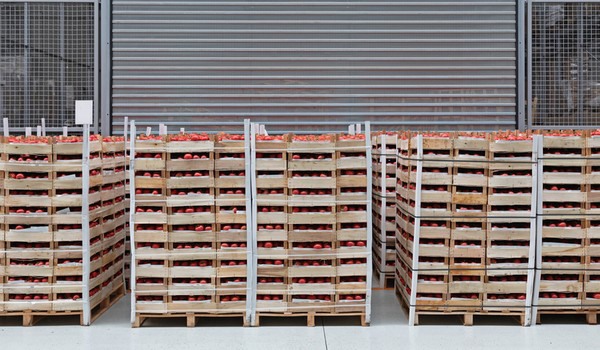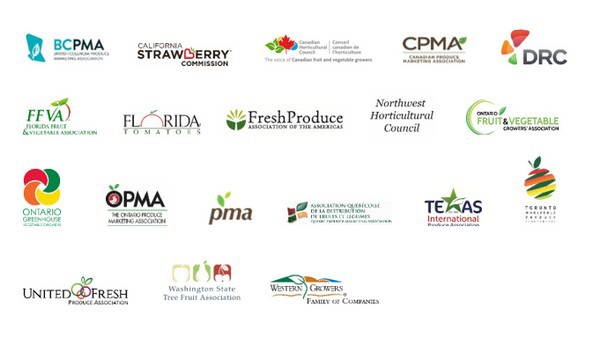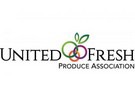In the letter below, produce industry associations share their concern about the current, acute pallet shortage in North America and the impact it could have on the availability of fresh produce.
Although conversations are occurring within the North American (and global) industry relative to the current acute pallet shortages, we believe many do not yet realize the potential scope of the issue, including the availability of produce to consumers.
Multiple issues are impacting pallet availability including:
- Efforts of wholesalers, distributors, and retailers to ensure sufficient inventory of non-perishables given previous pandemic-related impacts.
- The availability of lumber to repair/build new pallets.
- The escalating price of lumber when it is available.
- Non-perishable inventory dwell time increase.
- Lack of available trucks to relocate pallets.
The lack of pallets is adding stress to a supply chain already facing significant challenges which include a lack of available trucks and shipping containers, ongoing labor challenges, fluctuating fuel costs, pandemic-related challenges, and a pending shortage of resin used to make reusable containers and pallets. At this time expectations are that the pallet shortage will continue for months, perhaps for the balance of 2021 – all at a time when many North American produce items are just beginning seasonal harvests and shipments.
To give a sample of the scope of the issue:
- The shortage of lumber/wood products has increased the cost of raw lumber 200 percent to 350 percent and is making their cost increase incrementally.
- One example noted that over the past few weeks, pallet costs have increased more than 40 percent if the pallets are even available (often they are not).
- One farmer was told by one pallet supplier that they are not taking any new customers due to an inability to fill existing demand.
- Companies are forced to bring pallets from other jurisdictions, incurring border and transportation costs.
- Pallets are being held in-house due to delayed/cancelled orders from pallet services, leading to higher storage charges and increased congestion.
 Photo: Dreamstime.
Photo: Dreamstime.
If there is not a concerted effort across the supply chain to ensure pallet availability for shipment of produce, there is little doubt that it will be very difficult, if not impossible, for the grower/shipper community to meet buyer, and ultimately consumer, demand for produce. Growers and shippers are working hard to remain compliant with pallet requirement specifications where they can, but this is proving challenging. Temporary modifications/exceptions to pallet requirements, as long as they do not jeopardize safety, would help until this shortage is resolved.
This letter is to act as a catalyst for industry awareness and should be shared with stakeholders. All partners in the supply chain should have regular conversations with their pallet suppliers to understand the situation and pallet inventories/availability.
We welcome the opportunity to work with all parties within the supply chain to mitigate the impacts of the current shortages and will reach out to stakeholders to identify a path forward that provides solutions to this increasingly disruptive threat and enables the continued flow of goods.


For more information:
Mary Coppola
United Fresh Produce Association
Tel: +1 (202) 303-3425
[email protected]
www.unitedfresh.org
